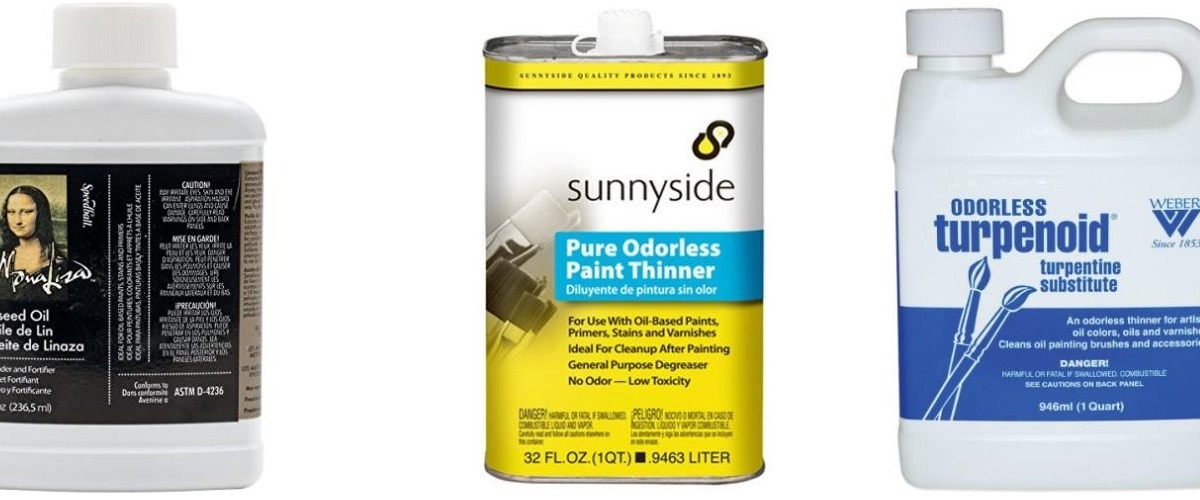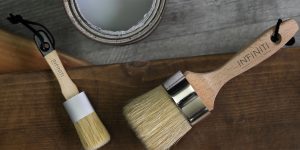This question comes up quite often in regards to using oil-based paint. Of course, the most common request is to thin the paint to flow better and cover better. This process is called “thinning.” There are many ways to go about it, depending on your situation.
Why should I thin oil-based paint?
It is always advisable to thin oil paint before application. It is because oils are made up of large and dense molecules compared to other painting mediums such as acrylic or watercolor paints. These large molecules take longer to dry and require more time between layers of paint to prevent mixing.
Thinning the paint allows the molecules in the paint to flow out onto the surface, making it easier for your brush for oil based paint or roller to spread and remove excess paint. Thinned oil paint may be applied evenly and smoothly, which helps prevent brush marks that can show in the finished painting. Thinning the paint allows you to make subtle changes in color tone through tonal value (lightening or darkening). Too thick a mixture of paint and medium will not flow smoothly.
In what way can I thin an oil paint?
The most common way to thin oil paints is by adding turpentine (turpenoid). However, there are other ways to thin paint depending on the situation and your personal preferences.
The most common type of thinning is done with turpentine or turpenoid. Turpentine is usually sold as one of two types: pure or commercial. To thin paint with turpentine or turpenoid, pour it into your clean paint can and mix thoroughly. The more you add, the thinner the paint will become. Turpentine emits vapors that can cause nausea, dizziness, headaches, and irritation to the eyes, nose, and throat. For this reason, always use turpentine in a well-ventilated area.
You can also thin the paint by adding water to the mixture. However, this may cause the paint to shrink excessively and peel off the surface. In addition, adding too much water can result in a weaker, less saturated color. It is unclear if there are any long-term effects of adding water to your paint mixture; however, it is suggested that you do not add more than 4-10% water since this will make the paint appear translucent or “milky.”

What to do if I don’t have turpentine or turpenoid?
If you need to thin your paint but do not have turpentine or turpenoid, try the following: white spirits (mineral spirits), acetone, and odorless mineral spirits (OMS) all function similarly to turpentine. However, they are petroleum distillates and should be handled with care.
Rubbing Alcohol (Isopropyl Alcohol) is a drying agent with no color or smell. It can be used to thin paint; however, it dries very quickly and will thicken the paint mixture. Adding more rubbing alcohol may help thin the mixture, but it also speeds up the drying time resulting in brush marks. It can be combined with one of the other thinning agents to slow down the drying time.
The best way to tell if your paint is too thick is by taking your brush out of the paint and flicking it quickly over the surface. If excess paint comes off the surface, it’s best to thin your mixture.














